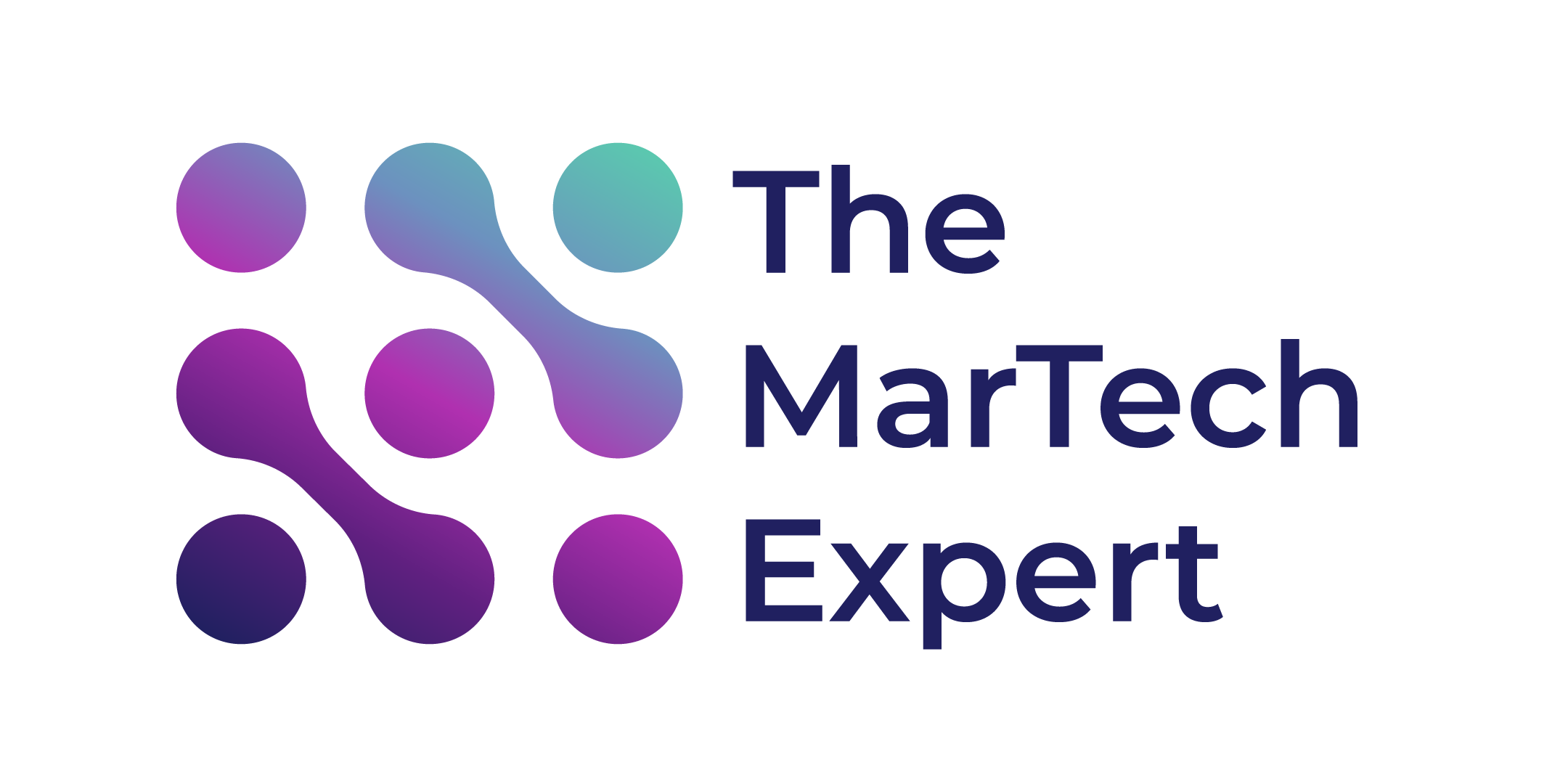As the use of cookies declines, organizations must find new ways to securely and compliantly handle sensitive data. Data clean rooms provide a solution by creating a secure and compliant environment for data handling, even in a cookie-less world.
In this article, we’re going to discuss:
- What is a Data Clean Room
- Why Data Clean Rooms are Important
- How Data Clean Rooms Work
- Data Clean Rooms vs Alternatives
What is a Data Clean Room
A Data Clean room (DCR) is a secure and controlled environment where sensitive data is stored, accessed, and analyzed. It ensures that the data is accurate and private by controlling access to the data and using special tools to protect it.
Why Data Clean Rooms are Important
Data clean rooms are important because they keep data private and secure. They ensure that only authorized people can access the data and that any changes made to the data are tracked and recorded. This helps to prevent data breaches and protect sensitive information like credit card numbers and personal identification numbers.
Data clean rooms also ensure that the data is accurate and complete. They use special tools to check that the data is correct and up-to-date before it is used for analysis or decision making. This helps to prevent errors and ensure that important decisions are based on accurate information.
How Data Clean Rooms Work
Source: CLEARCODE
Data clean rooms use special tools to control access to the data and protect it. They use things like passwords and fingerprint scanners to ensure that only authorized people can enter. They also use special tools like data masking and hashing to protect the privacy of individuals. Data masking covers up the sensitive information, while hashing scrambles it so that it can’t be read easily.
Data clean rooms also use special tools to check that the data is accurate and complete. They use things like data validation to make sure that the data is correct before it is used. They also use auditing and monitoring to keep track of any changes made to the data and ensure that nothing is done that is not supposed to be.
Data Clean Rooms vs Alternatives
Data clean rooms differ from other data security methods like:
-
Data Governance:
Establishes rules for how data should be handled, such as who can access it, how it should be used, and how long it should be retained. It is a framework for managing and protecting sensitive data.
-
Data Virtualization:
Creates a virtual copy of data that can be accessed and analyzed without physically moving or copying the data. It allows for greater flexibility and scalability in data management.
-
Data Encryption:
Writes the data in code so that it can’t be read easily. It protects data from unauthorized access, especially when data is transmitted over a network.
While all of these methods are important, data clean rooms are specifically designed to handle sensitive data. They provide an extra layer of security and control to ensure that sensitive data is handled properly.
Conclusion
In conclusion, data clean rooms are important for keeping data private and secure. They control access to the data and use special tools to protect it. They are especially important for handling sensitive data and organizations should consider implementing them to protect sensitive data and ensure data integrity and accuracy.
Samaher is a MarTech professional with a strong background in marketing data analytics, marketing automation, email marketing, and paid ads. She has successfully helped companies such as Advyteam, Acredius, and Keyrus achieve their marketing goals through her analytical approach and strategic thinking.














